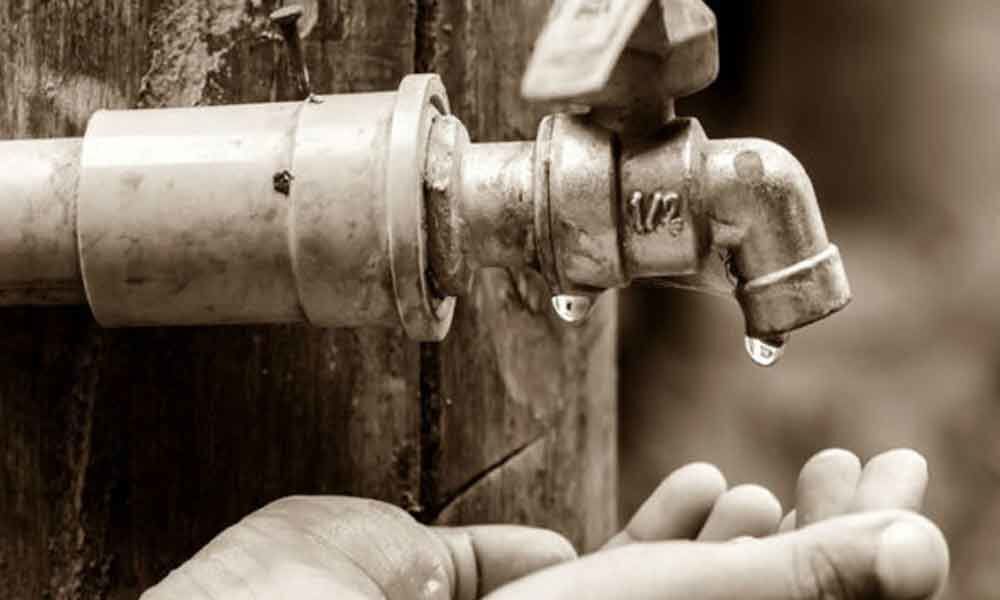Live
- Beijing braces for cold wave, rain, snow
- Gunman killed, three injured in shooting near Israeli embassy in Jordan
- BGT 2024-25: Bumrah, Siraj pick 3 wickets to put India on top after Jaiswal & Kohli smash tons
- Saira Rahman say stop tarnishing AR Rahman’s name ‘he’s a gem of a person’
- National Consumer Helpline gets 1,000 firms on board to fast-track resolution of complaints
- Samudrakhani’s ‘Mr. Manikyam’ First Look & Release Date Unveiled by Sunil Narang
- 29 sitting MLAs defeated in Jharkhand, 40 familiar faces to be absent from Assembly this time
- No cure for such mindset: BJP leader slams Shiv Sena(UBT) over Maha mandate remarks
- BGT 2024-25: Take great pride in performing for my country, says Virat Kohli
- Central Government Holds All-Party Meeting Ahead of Winter Parliament Session









